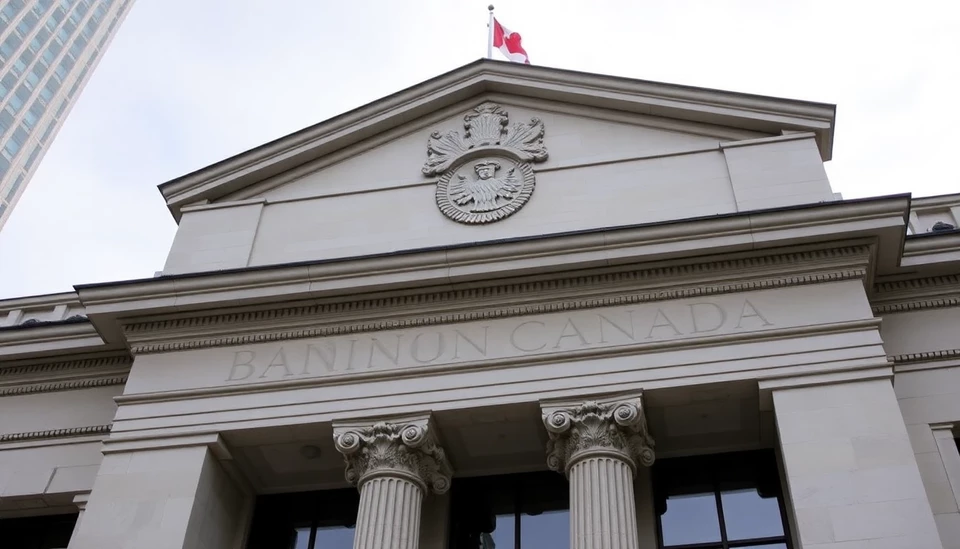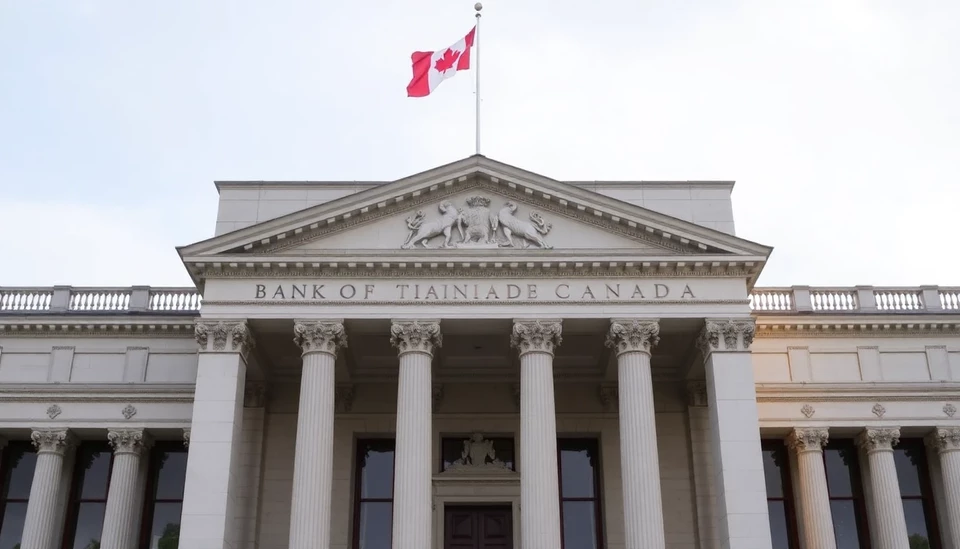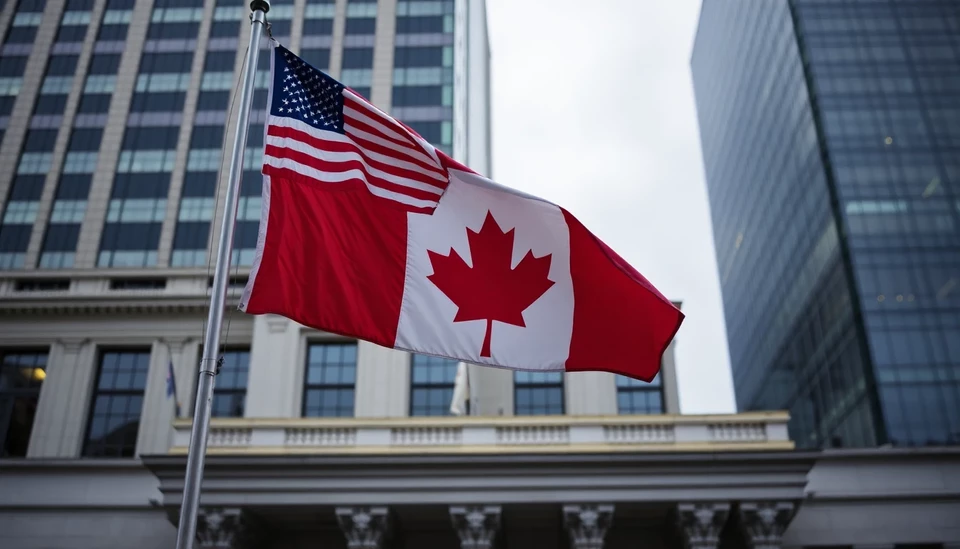
The latest economic data reveals that Canada's growth for the third quarter was significantly lackluster, posting a mere 1% increase. This sluggish performance is likely to compel the Bank of Canada to pursue further interest rate cuts in an effort to stimulate the economy. Analysts and economic experts are predicting that the central bank will need to take decisive action in response to this concerning trend.
The underwhelming growth figures stem from a combination of factors including decreased consumer spending, weak exports, and softening business investment. The third quarter’s results came as a surprise to many, particularly as economists had anticipated stronger performance fueled by pent-up demand following the pandemic recovery. Instead, it appears that rising interest rates, inflationary pressures, and ongoing global uncertainties are weighing heavily on Canada's economic landscape.
Financial institutions had hoped for a more robust growth spurt that might signal a stable economic environment; however, the disappointing figures have led to a reevaluation of expectations around the Canadian economy. In light of this development, the Bank of Canada is under immense pressure to cut the benchmark interest rate further to sustain economic momentum and support struggling businesses and consumers alike.
Market analysts believe that the central bank's upcoming meetings will be critical in determining the future monetary policy, with many forecasting that the bank will announce rate cuts as early as its next policy gathering. Such moves are seen not only as a remedy for the current stagnant growth but also as a preventive measure to avoid economic recession.
The impact of the current economic environment on Canadians is palpable, with many feeling the burden of increased living costs and stagnant wages. The Bank of Canada’s potential rate cuts aim to ease these financial pressures by making borrowing cheaper, thus encouraging spending and investment. However, there are concerns about the long-term implications of prolonged low rates on inflation and the overall stability of the financial system.
In conclusion, the weak economic growth observed in the third quarter could lead to pivotal changes in Canada’s monetary policy. The Bank of Canada is likely to act swiftly in response to this downturn, utilizing interest rate cuts as a tool to stimulate economic activity. How the economy will react to these adjustments remains to be seen, but all eyes are on the central bank as it navigates these challenging economic waters.
#BankOfCanada #EconomicGrowth #InterestRates #CanadaEconomy #MonetaryPolicy #Q3Growth #MarketAnalysis
Author: Rachel Greene




